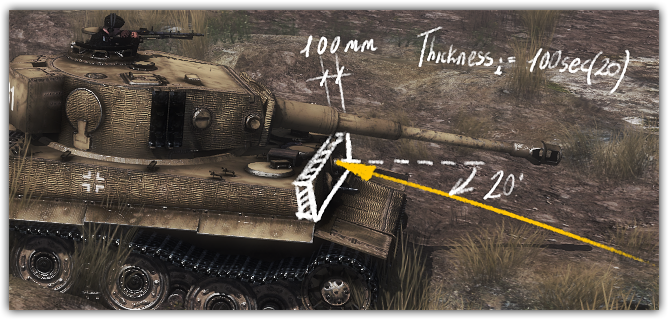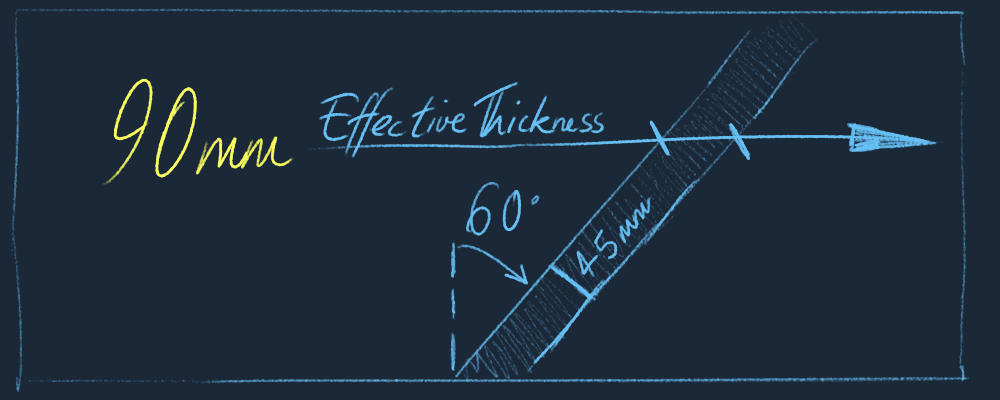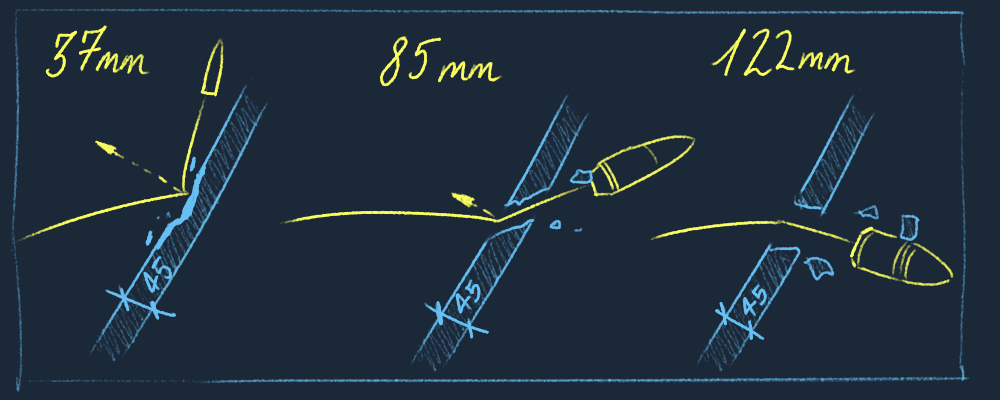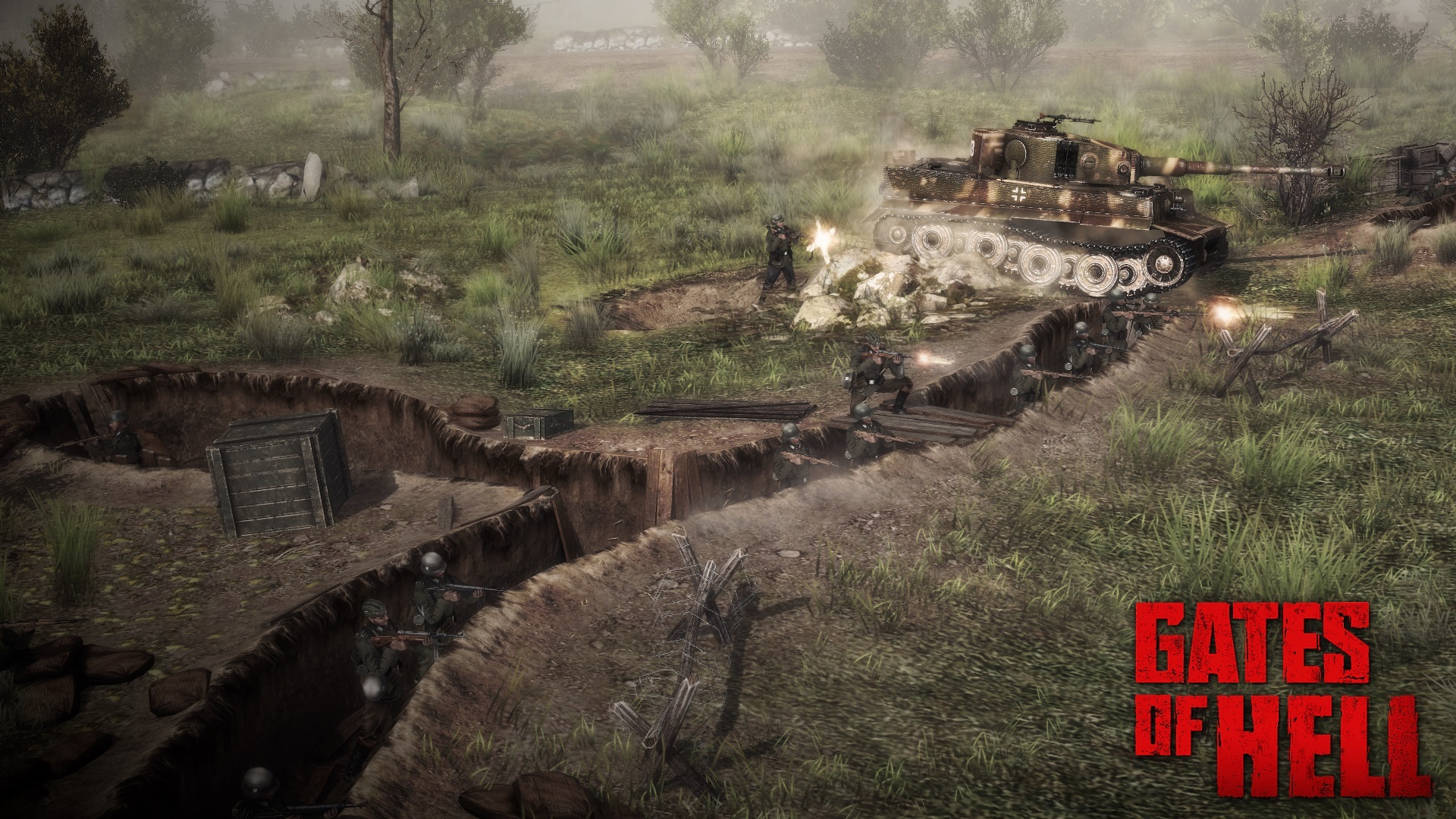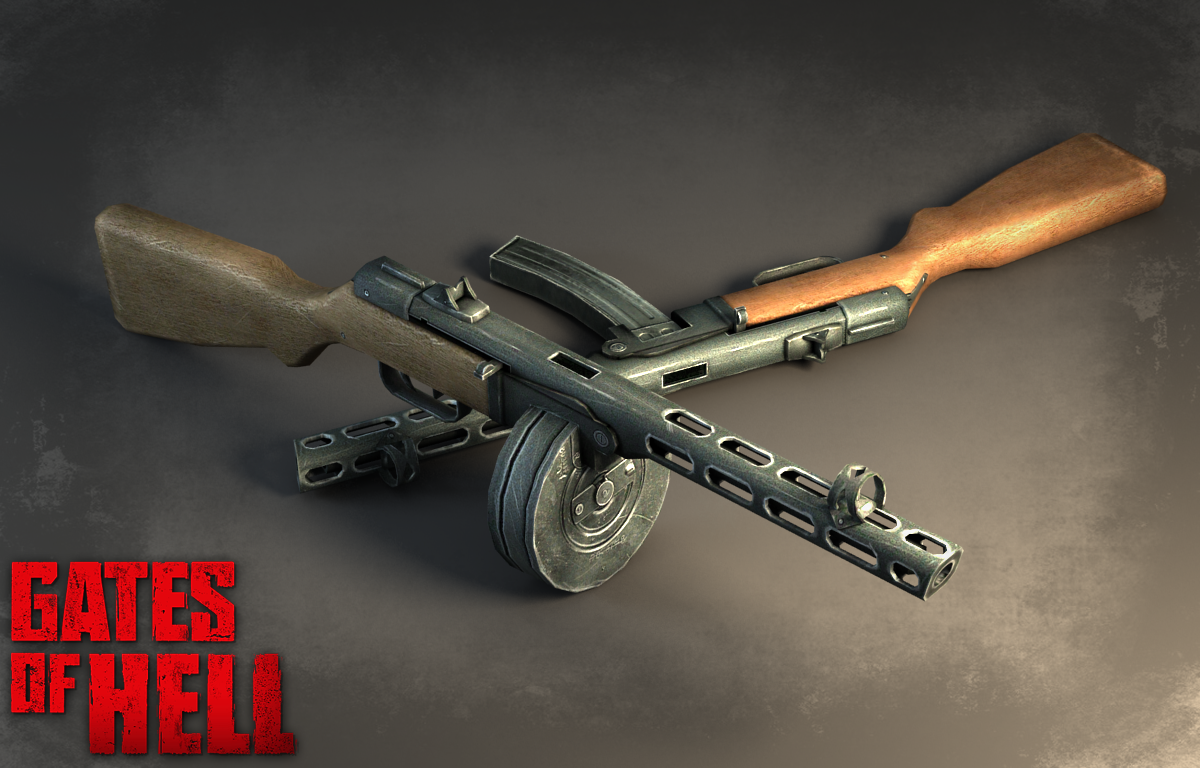
Dec 24, 2016
Call to Arms - Gates of Hell: Ostfront - Cule
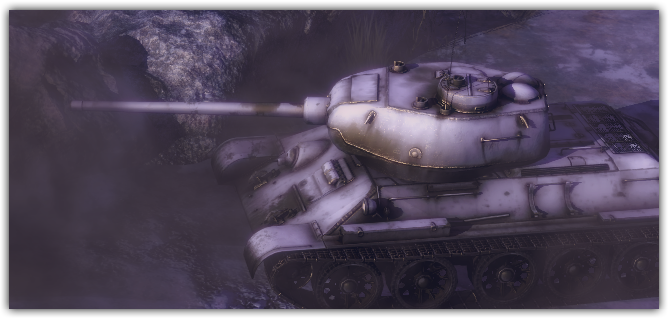
Greetings! The end of the year is coming and development of Gates of Hell is proceeding fruitfully.
The last months were very productive as heavy rework with the skilled Gem2 programming crew at Bestway took us many steps closer to a realistic revamp of the game. This will continue in the future to make our game unique in our direction.
Since the summer of 2016 we have been working on many aspects, trying to get the extra mile done and make the subtle changes to the game that make us that bit more special. From big changes like remaking aviation damage to complex vehicle mechanics, including single, double, triple suspension systems, internal storages and organic vehicle animations; to the small changes that almost fly unnoticed, like making fire sounds match the length of the physical flame durations. And finally changes that no one really notices at first, like optimising the shared effect texture sizes by over 50%, but that has a significant effect on the gameplay.
We are aware that you are anxiously waiting for our release date. This was changed to ‘to be decided’ in the lights of our extended roadmap. The team have all been involved in projects in the past and we want to ensure that when we get to the release stage we do not make past mistakes or alternatively release too early. We are not a multinational corporation, or for that matter we are not full-time game developers either, and as such we want to ensure that the game does not become dead through time by providing enough material right from the onset. All of us come back from work and plunge ourselves into our monitors with the motivation of one thousand souls. We want to make our players feel that urge too!
We are also now proceeding to publish another video trailer that i’m sure you have been waiting for. You can check it in the store page in the coming weeks.
Last but not least. Merry Christmas and happy holidays. Holidays? I mean family trips and GoH full-time working season. Cheers!
We already have a new year’s resolution. You can guess what it is ;)
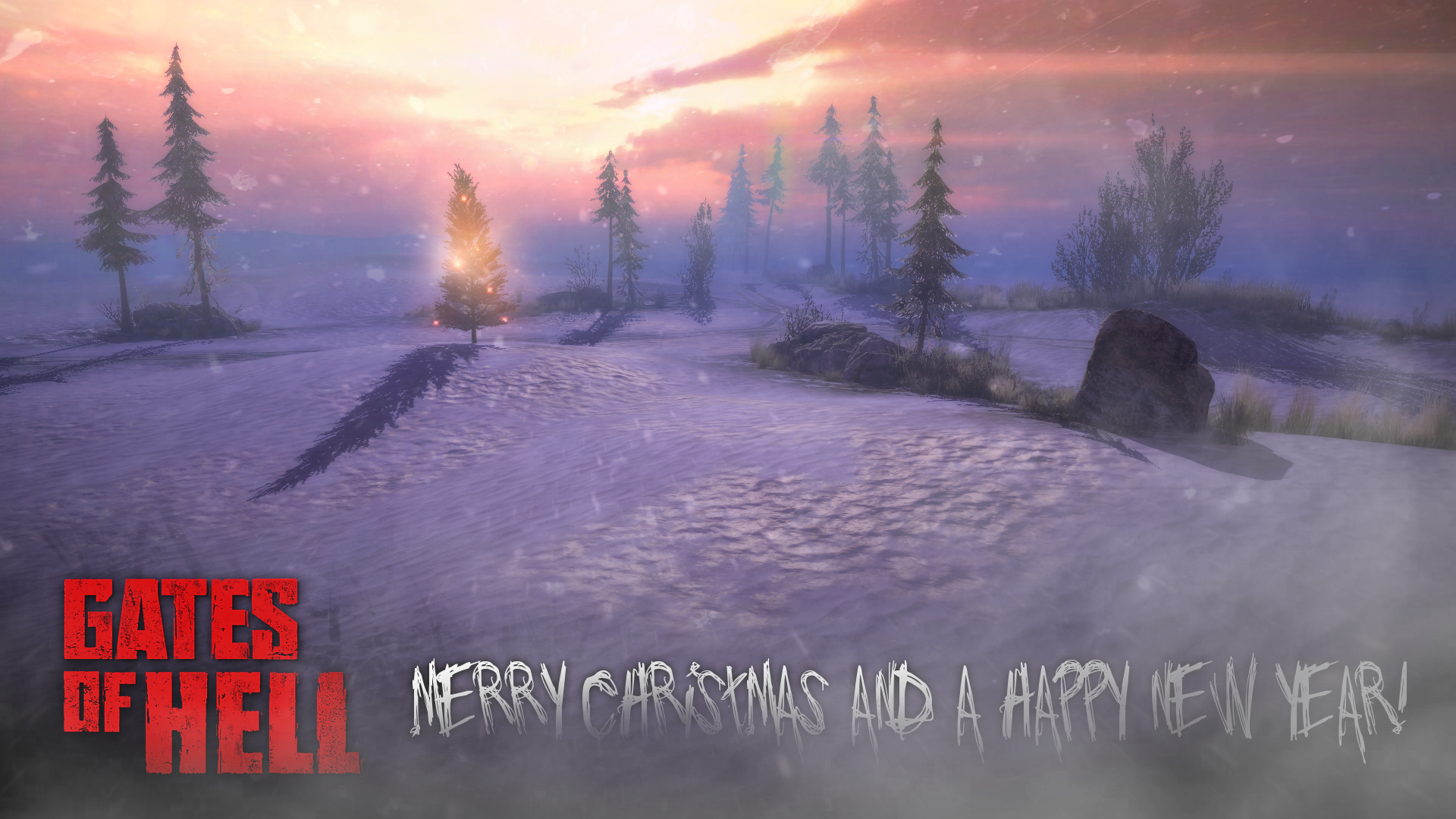
HD link




